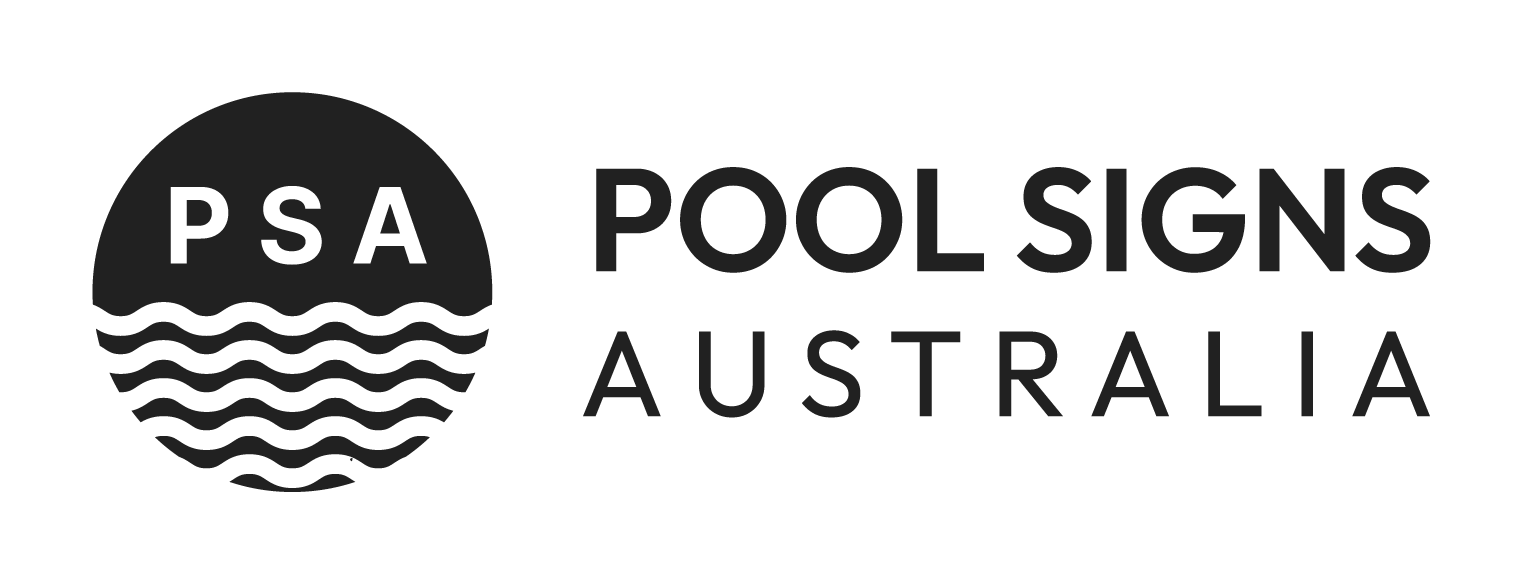In Queensland, ensuring pool safety is paramount, and a critical component of this is the proper display of Cardiopulmonary Resuscitation (CPR) signs. The Queensland Building and Construction Commission (QBCC) mandates that all pool owners must exhibit a compliant CPR sign to provide immediate guidance during emergencies.
According to Queensland regulations, a compliant CPR sign must adhere to specific criteria. The sign should measure at least 300mm by 300mm and be constructed from durable, weatherproof material to withstand outdoor conditions. It must display clear instructions on performing CPR, starting with 30 chest compressions followed by two breaths, aligning with the technique outlined in 'Guideline 8 – Cardiopulmonary Resuscitation' published by the Australian Resuscitation Council in January 2016. Additionally, the sign should include a prominent statement on how to act in an emergency, such as calling Triple Zero (000), staying with the injured person, and providing first aid.
The placement of the CPR sign is equally crucial. It must be attached to the pool safety barrier or positioned near the pool in a conspicuous location, ensuring it is easily visible to anyone near the pool area. Ideally, the sign should be mounted at eye level, at least 1.2 meters above the ground, and situated close to areas where a person would likely perform CPR, such as the shallow end or near pool steps. Ensuring the sign is unobstructed by trees, bushes, or other objects enhances its visibility and effectiveness during emergencies.
It's important to note that while existing CPR signs compliant with the previous 'Guideline 7' are acceptable, they must be replaced with 'Guideline 8' compliant signs once they become illegible. This transition ensures that all pool areas reflect the most current resuscitation techniques, thereby enhancing safety for all users.
In summary, Queensland's pool safety laws require all pool owners to display a compliant CPR sign that meets specific size, material, content, and placement criteria. Adhering to these regulations not only ensures legal compliance but also plays a vital role in safeguarding lives by providing clear, accessible instructions during critical moments.




